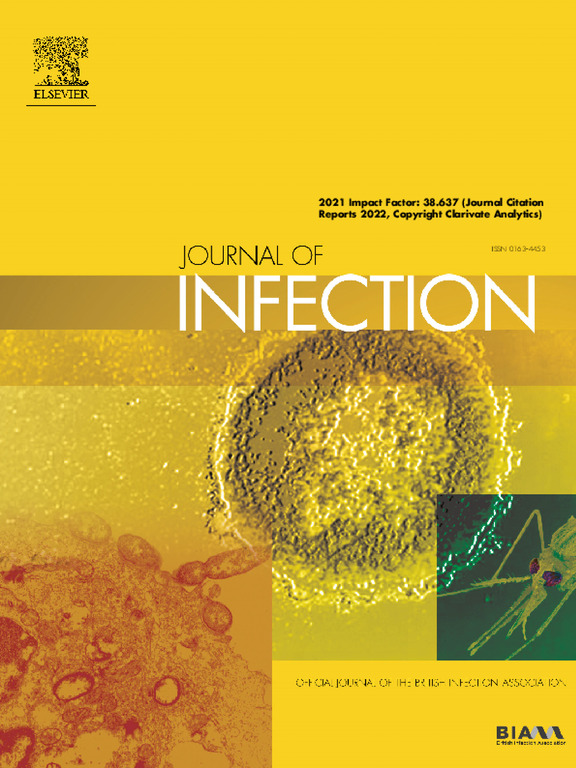Modelling multiplex testing for outbreak control
IF 11.9
1区 医学
Q1 INFECTIOUS DISEASES
引用次数: 0
Abstract
During the SARS-CoV-2 pandemic, polymerase chain reaction (PCR) and lateral flow device (LFD) tests were frequently deployed to detect the presence of SARS-CoV-2. Many of these tests were singleplex, and only tested for the presence of a single pathogen. Multiplex tests can test for the presence of several pathogens using only a single swab, which can allow for: surveillance of more pathogens, targeting of antiviral interventions, a reduced burden of testing, and lower costs. Test sensitivity, however, particularly in LFD tests, is highly conditional on the viral concentration dynamics of individuals. To inform the use of multiplex testing in outbreak detection it is therefore necessary to investigate the interactions between outbreak detection strategies and the differing viral concentration trajectories of key pathogens. Viral concentration trajectories are estimated for SARS-CoV-2 and Influenza A/B. Testing strategies for the first five symptomatic cases in an outbreak are then simulated and used to evaluate key performance indicators. Strategies that use a combination of multiplex LFD and PCR tests achieve; high levels of detection, detect outbreaks rapidly, and have the lowest burden of testing across multiple pathogens. Influenza B was estimated to have lower rates of detection due to its modelled viral concentration dynamics.
为控制疫情建立多重检测模型。
在 SARS-CoV-2 大流行期间,聚合酶链式反应(PCR)和侧流装置(LFD)测试经常被用来检测 SARS-CoV-2 的存在。其中许多检验是单倍检验,只能检测是否存在单一病原体。多重检测只需使用一个拭子就能检测是否存在多种病原体,这样就能监测更多的病原体,有针对性地采取抗病毒干预措施,减轻检测负担,降低检测成本。然而,检测灵敏度,尤其是低密度脂蛋白检测的灵敏度,在很大程度上取决于个体的病毒浓度动态。因此,为了给在疫情检测中使用多重检测提供信息,有必要研究疫情检测策略与主要病原体的不同病毒浓度轨迹之间的相互作用。对 SARS-CoV-2 和甲型/乙型流感的病毒浓度轨迹进行了估计。然后模拟疫情中前五个有症状病例的检测策略,并用于评估关键性能指标。结合使用多重 LFD 和 PCR 检测的策略可达到较高的检测水平,能迅速检测到疫情爆发,而且对多种病原体的检测负担最低。据估计,乙型流感的检出率较低,原因是其病毒浓度动态模型。数据可用性声明:SARS-CoV-2 病毒载量轨迹数据可通过联系 Killingley et al.甲型/乙型流感病毒载量轨迹可在 https://github.com/bcowling/pediatric-vaccine-trial/tree/master/data 上查阅。
本文章由计算机程序翻译,如有差异,请以英文原文为准。
求助全文
约1分钟内获得全文
求助全文
来源期刊

Journal of Infection
医学-传染病学
CiteScore
45.90
自引率
3.20%
发文量
475
审稿时长
16 days
期刊介绍:
The Journal of Infection publishes original papers on all aspects of infection - clinical, microbiological and epidemiological. The Journal seeks to bring together knowledge from all specialties involved in infection research and clinical practice, and present the best work in the ever-changing field of infection.
Each issue brings you Editorials that describe current or controversial topics of interest, high quality Reviews to keep you in touch with the latest developments in specific fields of interest, an Epidemiology section reporting studies in the hospital and the general community, and a lively correspondence section.
 求助内容:
求助内容: 应助结果提醒方式:
应助结果提醒方式:


